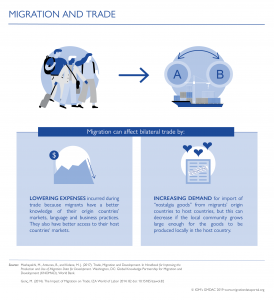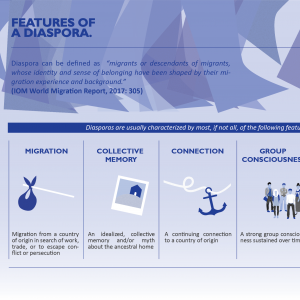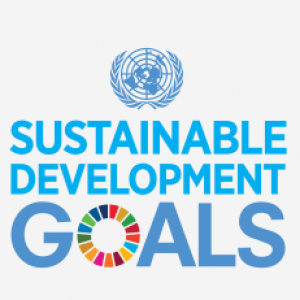Key lessons learned and recommendations for migrant status disaggregation
Overall, while disaggregating SDG data by migration status, the Stats SA team found that some indicators are heavily reliant on administrative data, or data from Demographic and Health Surveys, which can be difficult or not possible to access. For example, to report on Goal 2 (Zero hunger), Stats SA use South Africa Demographic and Health Surveys (SADHS) and Human Sciences Research Council (HSRC) nutrition surveys. These surveys contain health-related indicators but no migration variables, so place of birth is used as an indicator of migration status. Discussions are in progress to add variables on migration into SADHS and district health information systems in the future, to enable better understanding of the health dynamics of migrants.
Data collection for SDG 3 (Good health and well-being) indicators on mortality is also challenging, as the data available on deaths and fertility are incomplete, therefore adjustments must be made to make it relevant to the indicators. This is a challenging indicator to collect data on the entire population, but particularly for specific population groups, such as migrants. Adjusting by completeness of reporting is an additional barrier to providing internationally comparable mortality data for SDG 3.
Although there is no specific method for estimating migrant mortality, the process for estimating the completeness of deaths in the general population involves applying demographic techniques such as the intercensal survival methods, the Generalised Growth Balance (GGB) method (Hill, 1987), and the Synthetic Extinct Generation (SEG) method (Bennett-Horiuchi, 1981). These eliminate the assumption of a stable population from the previous death distribution methods, and programmes are available from the International Union for the Scientific Study of Population.
Innovations pioneered by Stats SA:
An innovative step being taken by South Africa is the insertion of modules on migration into household surveys, for example the Quarterly Labour Force Survey (QLFS), and the Income and Expenditure Survey (IES), in order to provide annual updates on more SDG indicators each year. In addition, new questions were added to the 2022 census in order to measure the SDGs, allowing Stats SA to gather data for more SDG indicators, including the reason for migration.
Developing national and regional capacity to disaggregate by migration status:
In August 2023, IOM and the Southern Africa Development Community, with support from the Southern Africa Migration Management Project (SAMM) and the African Regional Migration Programme South Africa (ARMP), organized a capacity development workshop on migration data management for the East and Horn of Africa region, in order to enhance understanding of migration data collection methodologies, sources and tools within the region’s NSOs.
At the national level, in September 2023, IOM and the South African Government held a joint workshop under the SAMM project to develop capacities required to produce a Migration Profile for South Africa, a country-owned tool which can be used to enhance policy coherence, evidence-based policymaking, and the mainstreaming of migration into sustainable development plans. A major component of this process is enhancing the capacity of migration data collection to support evidence-based policy-making to further progress on SDG Target 10.7, as well as Target 17.18.
Overall, the South Africa experience has shown that while there may be limited data for some SDG indicators, which may additionally be difficult to access, innovative approaches can be taken in order to address this and provide data on the situation of migrants in relation to the SDGs, for example, inserting modules on migration into surveys and the census, and developing national and regional capacities on migration data to support progress on the SDGs which leaves noone behind, including migrants.
For more information on Migration Data and the SDGs, visit the Portal's SDG section here.







